If you are learning to ride a motorbike or you’ve just bought your first motorbike, there are some essential checks you need to do. They only take a couple of minutes and, done once a month, will allow you to see potential problems before they become major problems.
Simple checks
Headlights
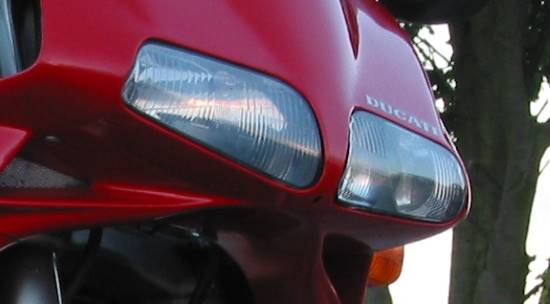
Check that your main headlight and full beam headlight, indicators, taillight and brake light work. A faulty brake light means you risk someone running into you from behind. Faulty indicators mean that other road users are more likely to pull out in front of you or not realise that you are changing lanes. A faulty headlight means that you are much less visible on the road, and that you have much less visibility of the road ahead which is particularly dangerous given the size of our wandering marsupials.
While you’re at it, check the horn, too, as this could alert someone that’s about to move into your path.
Brakes
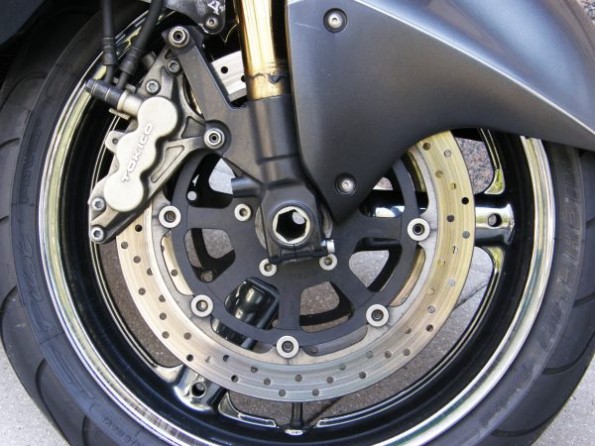
Check each brake individually. They should be able to be fully applied without the lever (for the front brake) or the foot pedal (rear brake) reaching its full travel. Make sure there is no drag (you will probably notice this anyway because the disks will heat up and you might smell burning brakes when you are moving).
Check the fluid level of hydraulic brakes and top it up if the level is below the minimum line. Check what fluid is required by looking at the reservoir cap or checking in the manual. It is usually DOT 4. Top it up to the maximum line.
Chain
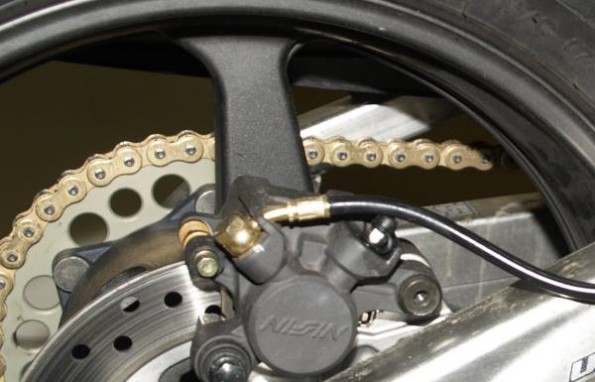
The majority of bikes have a chain that drives the rear wheel. The chain must be lubricated well and have enough tension in it to remove the risk of it bouncing off the sprocket. Check your service manual for the required chain tension – it’s usually around 30mm – and if it’s too much, tighten up the slack using the adjusters at either end of the swing arm. Chains will slacken over time due to use. If the chain looks dry, gets some aerosol chain lube. Avoid getting this on your tyres, though.
Coolant
Coolant is very important given the heat of our summers. The only way it will start to fall is if there’s a leak. Check that the fluid level is between the minimum and maximum marks. If it needs more coolant check in the manual what type it takes and purchase it from an automotive supply store.
Oil levels
There are two levels to check: engine oil and transmission oil. Make sure the bike is completely upright and on level ground before checking it otherwise you will get a false reading. Some bikes have an inspection window. If not, use the dipstick to check the oil level. Pull the dipstick out, wipe it off, put it back in then pull it out to get a clean reading. If it’s anywhere near the minimum level, top up the oil. If the oil looks black then you probably should do a complete oil change soon. Check your manual for the location of your filler cap if you need to top up your oil.
Tyres
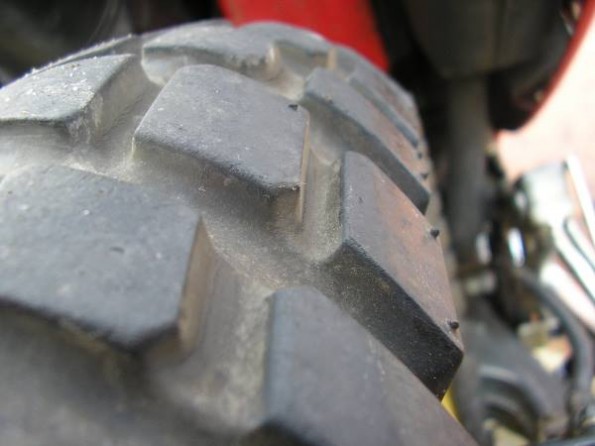
Check that the tyre has no damage – cuts, bulges or items stuck in it. The tread depth should still be legal, and they need to be inflated to the manufacturer’s recommended pressures.
Servicing
More detailed checks can be made in servicing, and any parts that have worn out can be replaced. If you are prepared to do a bit of reading and experimentation you can do most servicing yourself on a motorbike, as long as you have the right tools. Check the service schedule on your bike. If you are doing a lot of riding you might need to service it quite regularly; if you don’t ride much you might get away with once a year or more.
Oil and filter change
Place a tray underneath the sump and remove the drain plug. The old oil will drain into the tray. Replace the plug, being careful not to cross-thread it, and checking that the washer is in good condition so that it doesn’t leak. Then replace the oil with the recommended amount. Discard the oil at an approved facility – don’t tip it down the drain.
To replace the oil filter, unscrew the old one and screw a new one in its place.
Air filter
Air filters can often be cleaned, depending on their design, but you should evaluate whether it’s worth your time and the hassle of doing it if you have a foam one. A paper element can simply be tapped to dislodge dust, but a foam one needs to be washed in solvent then dried and re-oiled.
Spark plugs
Spark plugs can become corroded and ineffective, reducing your power and fuel economy. If they are badly corroded, replace them with new ones. If the gaps are wrong use a feeler gauge and adjust them back to the proper gap.
Oiling moving parts
Several items on your bike are exposed to the elements and need oiling periodically. These include your cables, stand, brake pedal, and lever pivots for brakes and gearchange. Be careful not to get lubrication on your pegs, brake discs or tyres.
Brake pads
Unless you are doing a lot of track time, you shouldn’t need to replace your brake pads that frequently. You will be able to see how much of the pad is remaining between the calliper and disc. Thin brake pads don’t dissipate heat as quickly.
Clutch
Periodically check your clutch, especially if you are finding it difficult to make smooth gear changes. Most clutches are cable-operated, and cables stretch over time. Use the threaded adjuster and locknut on each end to set the freeplay.
Exhaust
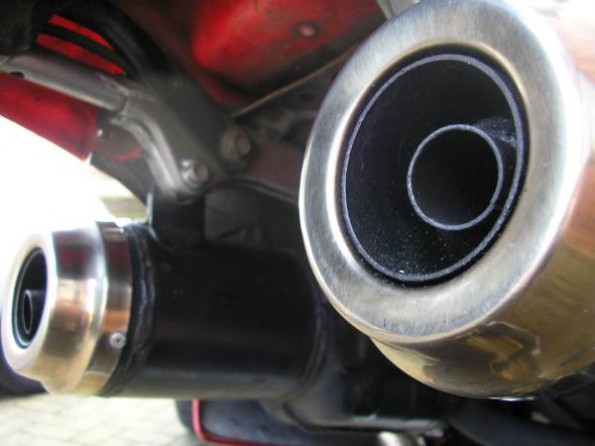
Check that there are no holes in the exhausts and that they are mounted correctly.
